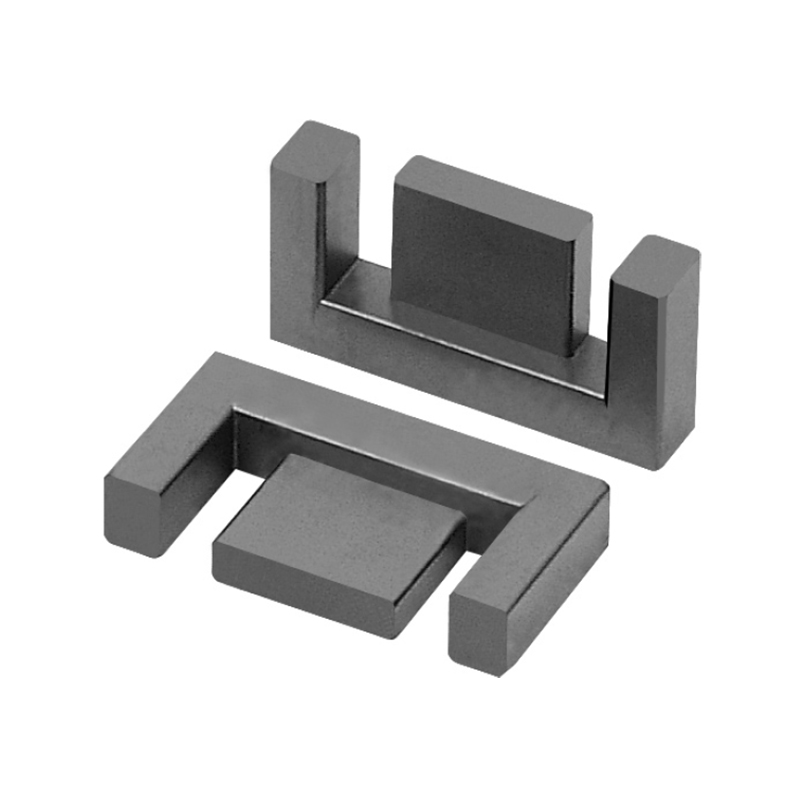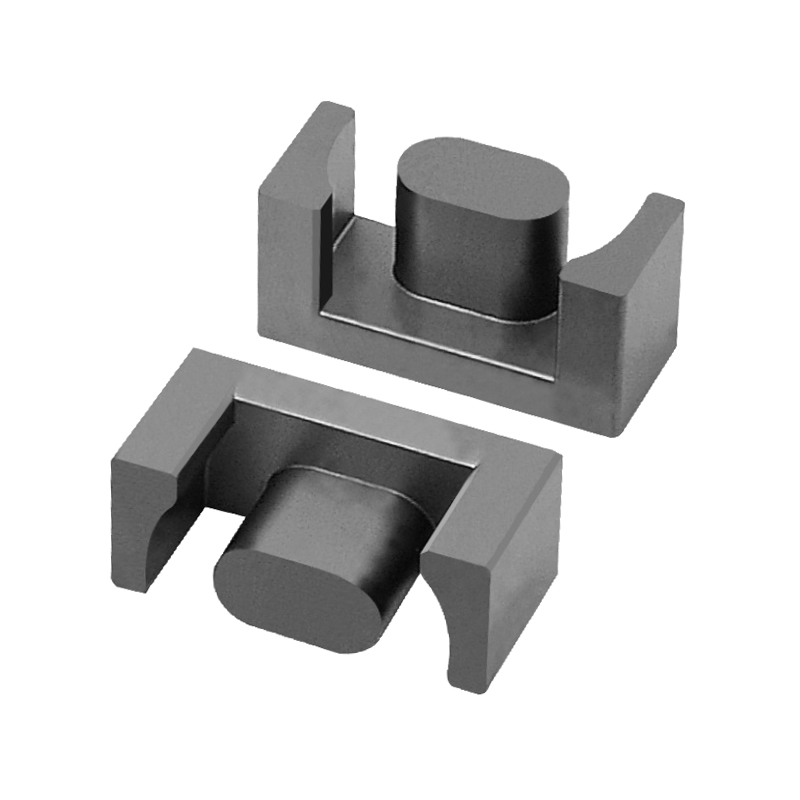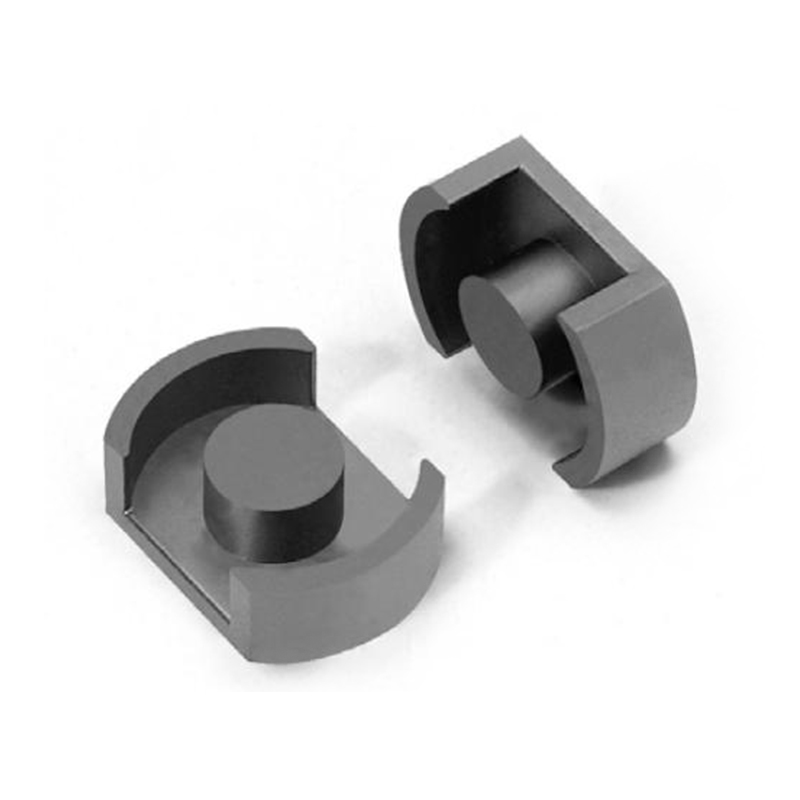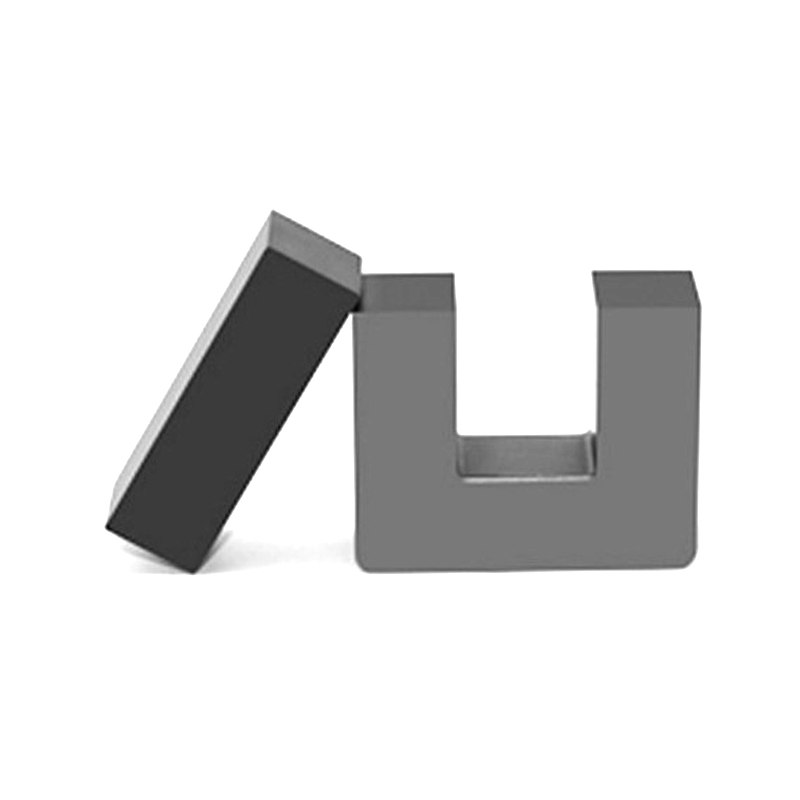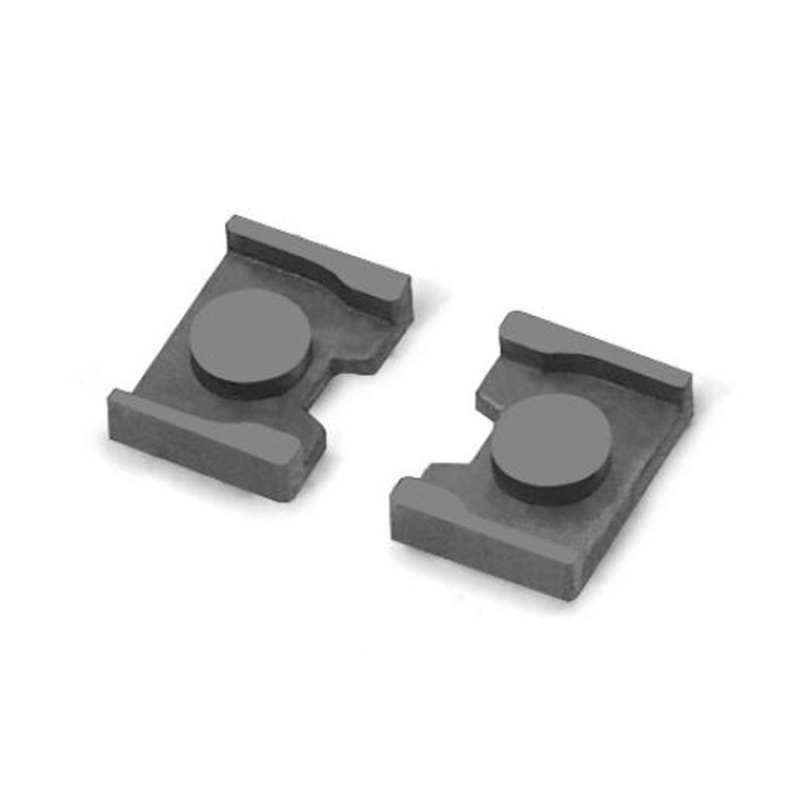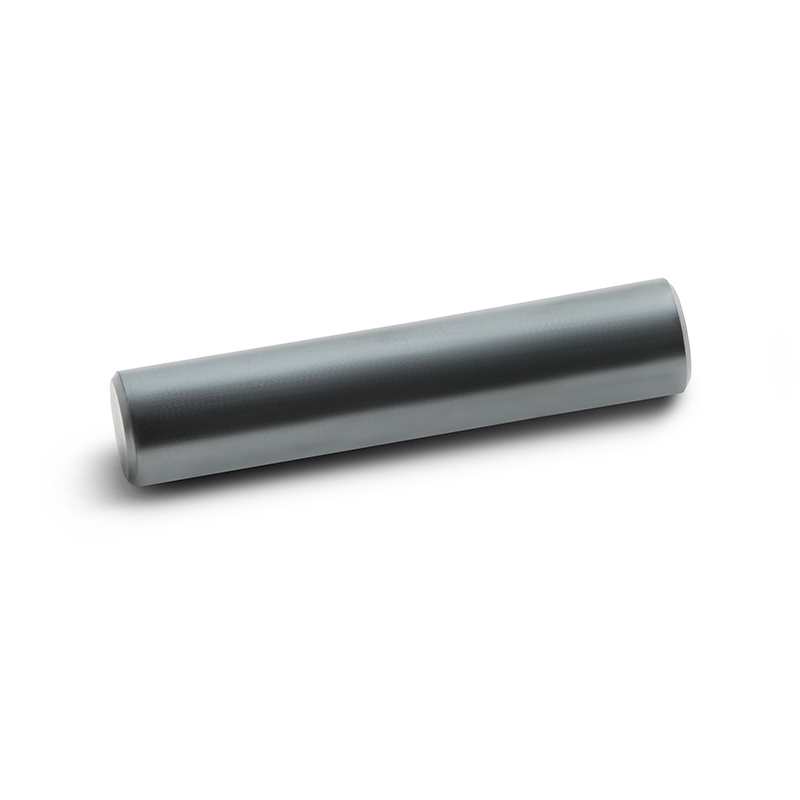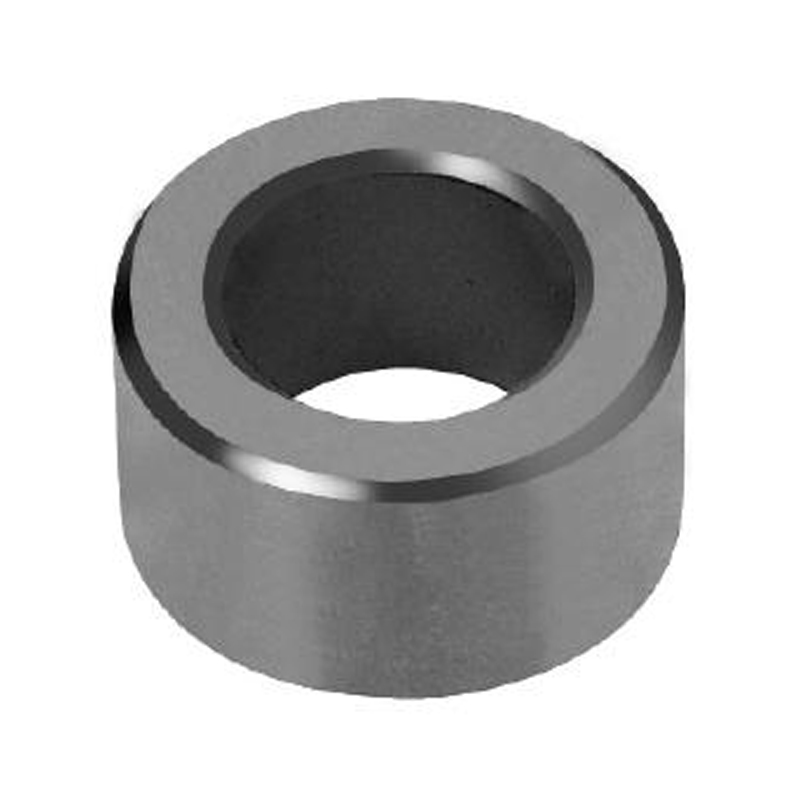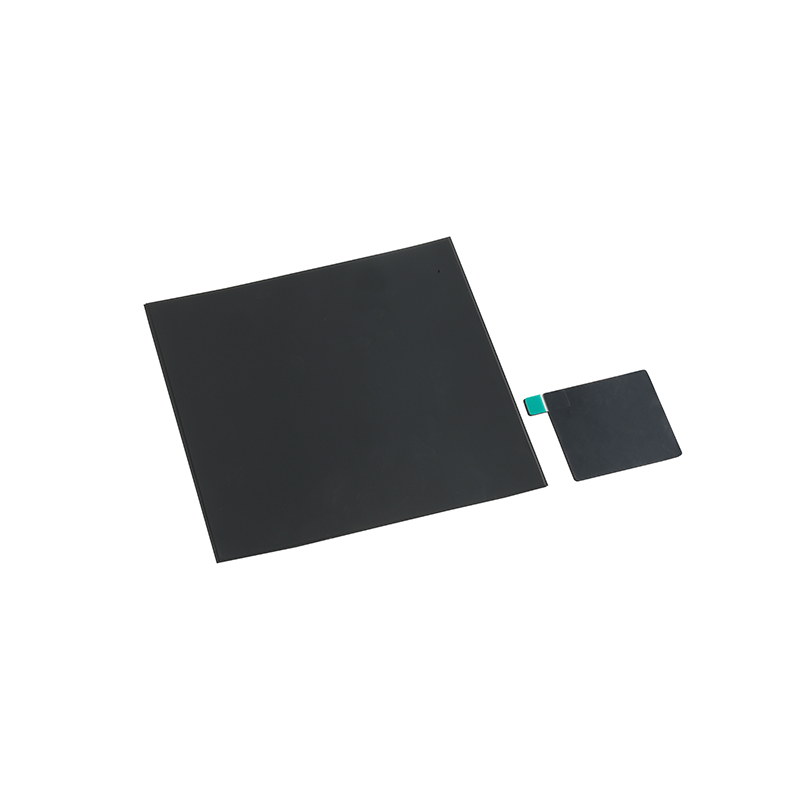How Does Manganese-zinc Ferrite Reduce Core Losses?
Manganese-zinc ferrite (MnZn ferrite) is a soft magnetic material widely used in electronic components such as transformers, inductors, and electromagnetic interference (EMI) suppression devices. One of its most important advantages is its ability to reduce core losses, which are a critical factor in the efficiency, reliability, and thermal management of magnetic devices.
Understanding Core Losses
Core losses, also known as iron losses, occur in magnetic materials when they are subjected to alternating magnetic fields. These losses reduce the overall efficiency of magnetic devices and generate heat, which may impact performance and longevity. Core losses can be divided into three main components:
-
Hysteresis Losses:
Hysteresis loss arises from the lag between the change in magnetization of the material and the applied magnetic field. Every time the magnetic domains in the ferrite realign with the alternating field, energy is dissipated as heat. The area of the hysteresis loop represents this energy loss per cycle. -
Eddy Current Losses:
Eddy currents are circulating currents induced within the conductive material by the changing magnetic field. These currents generate heat and contribute to energy loss. Eddy current loss increases with frequency and material conductivity. -
Residual or Anomalous Losses:
These are smaller losses due to complex domain wall motions and material imperfections. They are typically less significant but become relevant at high frequencies or in high-performance applications.
Reducing core losses is crucial for improving the efficiency of power supplies, reducing heat generation, and ensuring stable operation in high-frequency applications.
Manganese-Zinc Ferrite Composition and Structure
Manganese-zinc ferrite is a ceramic-like material with the general formula ( \text{Mn}x\text{Zn}{1-x}\text{Fe}_2\text{O}_4 ), where the ratio of manganese to zinc can be adjusted to optimize magnetic properties. It has a spinel crystal structure, which is essential for its magnetic behavior. Key structural characteristics that contribute to low core losses include:
- High Electrical Resistivity: MnZn ferrite has significantly higher resistivity than metals, which reduces eddy currents and associated losses.
- Soft Magnetic Nature: The material has low coercivity, meaning it requires little energy to magnetize and demagnetize, which directly reduces hysteresis losses.
- Fine Grain Structure: Properly sintered MnZn ferrite has small, uniform grains that limit domain wall motion resistance and enhance low-loss performance.
By controlling the chemical composition, sintering temperature, and grain size, manufacturers can tailor MnZn ferrite to achieve minimal core losses under specific operating conditions.
Mechanisms for Reducing Core Losses
MnZn ferrite reduces core losses through several mechanisms, which work together to improve efficiency in magnetic components:
Minimizing Hysteresis Loss
Hysteresis loss depends on the coercive force of the material and the frequency and amplitude of the magnetic flux. MnZn ferrite exhibits low coercivity, which allows the magnetic domains to realign with minimal energy expenditure. The low coercivity is a direct result of:
- Controlled grain size during sintering
- High purity raw materials
- Optimized Mn/Zn ratio
As a result, energy dissipation during magnetization cycles is reduced, leading to lower hysteresis losses.
Reducing Eddy Current Loss
Eddy current loss is proportional to the square of the material’s conductivity and the square of the thickness perpendicular to the flux path. MnZn ferrite, being a ceramic oxide, has high electrical resistivity (10^4 to 10^6 Ω·cm), which significantly restricts the flow of eddy currents. Furthermore, ferrite cores are often laminated or formed into thin tiles to further suppress eddy currents in high-frequency applications.
Optimizing Magnetic Permeability
Magnetic permeability describes how easily a material can become magnetized. MnZn ferrite has high initial permeability, which allows the core to operate effectively at lower magnetic fields. Lower magnetic field requirements translate into lower magnetizing currents, less hysteresis, and reduced overall core losses.
Controlled Sintering and Microstructure
During manufacturing, careful control of the sintering temperature, atmosphere, and cooling rate ensures:
- Minimal porosity
- Uniform grain size
- Optimal crystallographic orientation
These factors allow the magnetic domains to move freely without excessive energy loss. Smaller grains reduce eddy currents and hysteresis loops, while uniform grains prevent localized hot spots that can increase loss.
Frequency Optimization
MnZn ferrites are designed primarily for low- to medium-frequency applications, typically ranging from tens of kilohertz up to several megahertz. At these frequencies, MnZn ferrites maintain low hysteresis and eddy current losses due to their high resistivity and soft magnetic nature. For higher-frequency applications, nickel-zinc ferrites are often preferred because MnZn ferrites’ permeability drops, and losses increase.
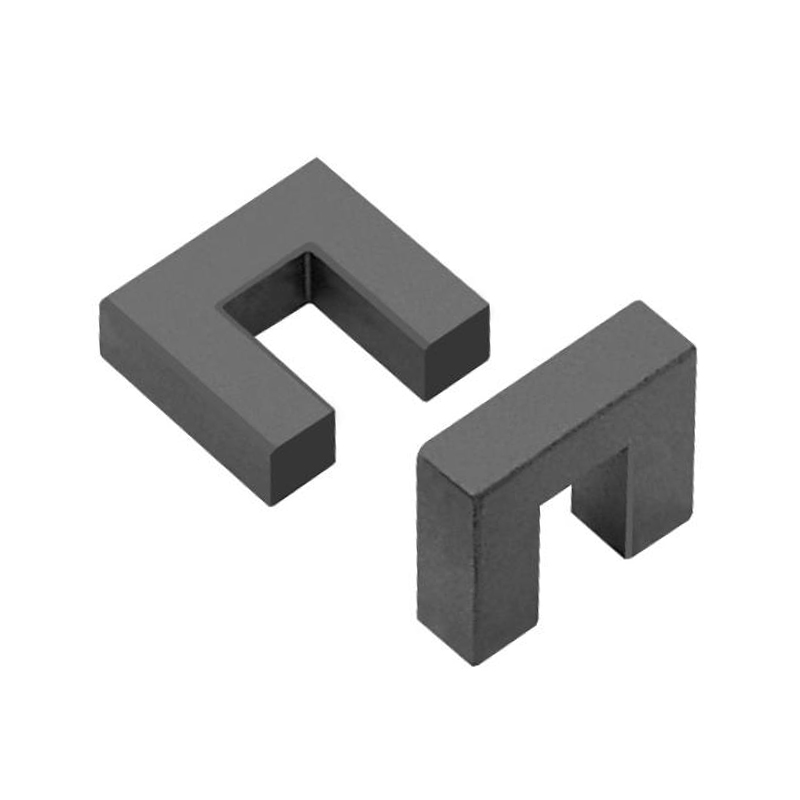
Factors Affecting Core Loss Reduction
Several factors influence how effectively MnZn ferrite reduces core losses in practice:
-
Composition Ratio: The proportion of manganese to zinc affects both permeability and resistivity. Higher manganese content increases saturation flux density, while higher zinc content reduces losses at higher frequencies.
-
Temperature: Elevated temperatures can reduce resistivity and increase hysteresis losses. MnZn ferrites are usually stable up to 120–150°C for typical applications.
-
Operating Frequency: Core losses rise with frequency. While MnZn ferrites are efficient at low to medium frequencies, at very high frequencies, losses can increase significantly.
-
Magnetic Flux Density: Operating the ferrite below its saturation flux density ensures minimal hysteresis losses. Exceeding saturation increases domain wall pinning and energy dissipation.
-
Mechanical Stress: Physical stress can induce anisotropy in the material, which may slightly increase hysteresis losses. Proper mounting and handling are essential.
Applications Where Core Loss Reduction is Critical
Reducing core losses with MnZn ferrite is essential in several key applications:
- Switch-Mode Power Supplies (SMPS): Lower core losses improve efficiency and reduce cooling requirements.
- Transformers: MnZn ferrites are used in high-frequency transformers to reduce both heat generation and energy consumption.
- Inductors and Chokes: EMI suppression and energy storage components benefit from low-loss ferrites to maintain signal integrity.
- Wireless Power Transfer and Inductive Charging: Efficiency depends on minimizing losses in magnetic cores.
By carefully selecting MnZn ferrite material grades and optimizing core geometry, designers can achieve substantial energy savings and longer device lifetimes.
Practical Design Considerations
When incorporating MnZn ferrite to reduce core losses, engineers should consider:
- Material Selection: Choose grades with appropriate initial permeability, resistivity, and saturation flux density for the intended frequency and current.
- Core Geometry: Laminated or toroidal cores can help reduce eddy current paths and improve thermal performance.
- Thermal Management: Even low-loss ferrites generate heat. Ensure adequate cooling and avoid thermal runaway.
- Flux Density Control: Operate the core below saturation to maintain low hysteresis losses.
- Frequency Matching: Verify that the ferrite maintains low losses at the operational frequency of the device.
Future Trends
Research in MnZn ferrite focuses on further reducing core losses through:
- Nano-structured ferrites: Enhancing grain boundary properties to minimize energy dissipation.
- Composite ferrites: Combining MnZn with other oxides to optimize resistivity and permeability.
- Eco-friendly manufacturing: Reducing energy consumption and environmental impact in ferrite production.
These innovations promise even more efficient and compact magnetic components for future electronics.
Conclusion
Manganese-zinc ferrite reduces core losses primarily through its soft magnetic properties, high resistivity, and controlled microstructure. By minimizing hysteresis and eddy current losses, MnZn ferrite enables efficient, reliable, and thermally stable operation of transformers, inductors, and EMI suppression devices. Careful material selection, manufacturing control, and design optimization are essential to maximize the loss-reducing benefits of MnZn ferrite. As electronic devices continue to demand higher efficiency and smaller form factors, MnZn ferrite will remain a cornerstone material in modern magnetic component design.

 中文简体
中文简体